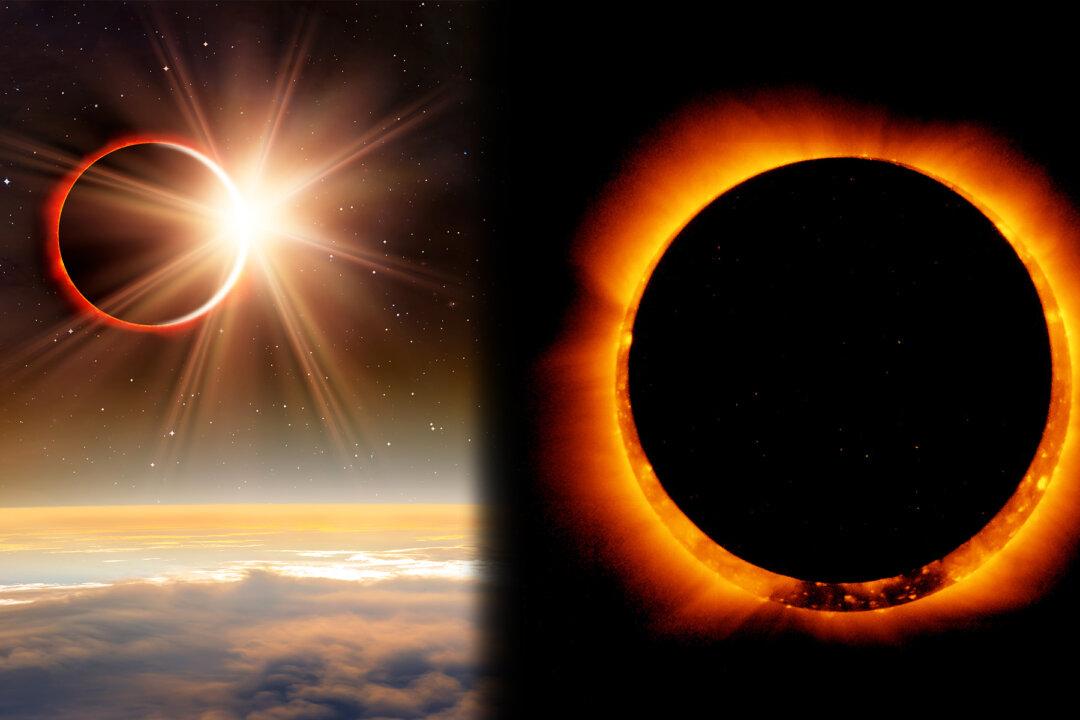The last solar eclipse of 2019 will appear right after Christmas and will display a blazing “ring of fire” around its circumference, the result of what is known as an “annular eclipse.” The phenomenon will be visible in parts of the Eastern hemisphere.
An annular eclipse, derived from the Latin word meaning ring-shaped, is when the moon passes directly across the sun but is too distant from the Earth (and thus too small) to cover the entire sun. The result is that the sun’s light shines around the dark silhouette of the moon in a blazing spectacle, causing the “ring of fire.”





